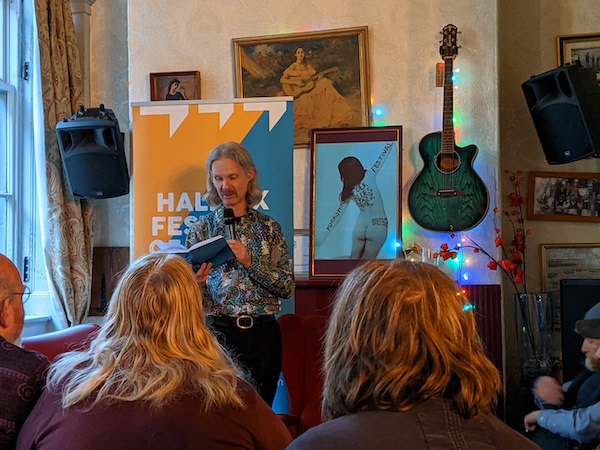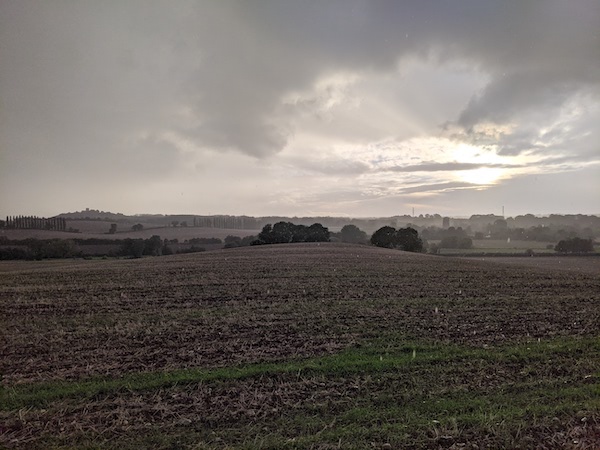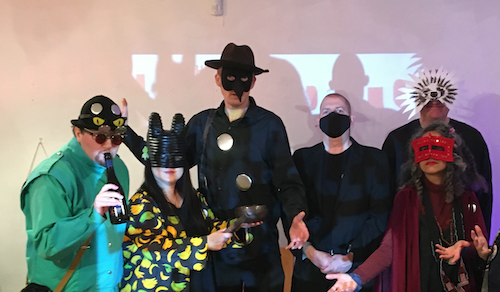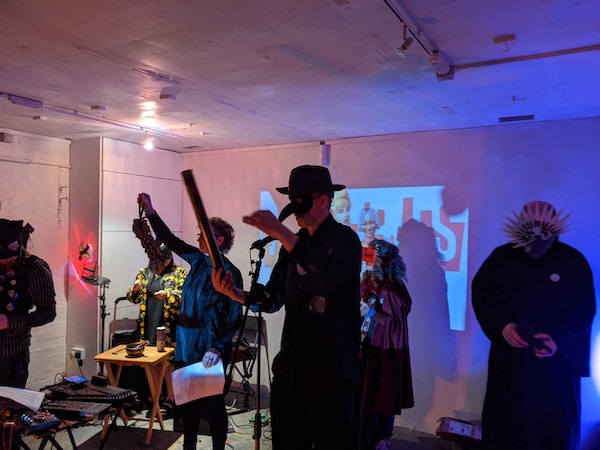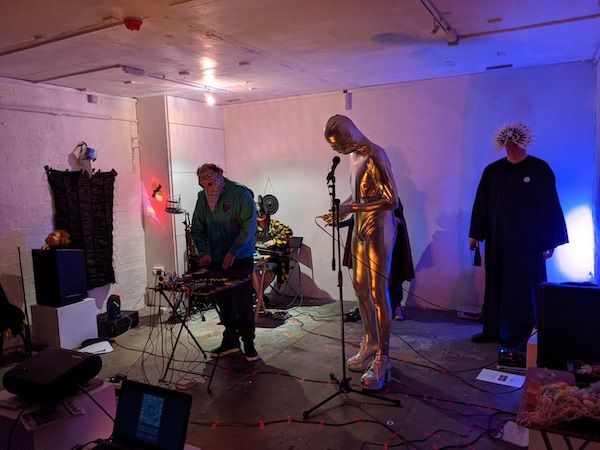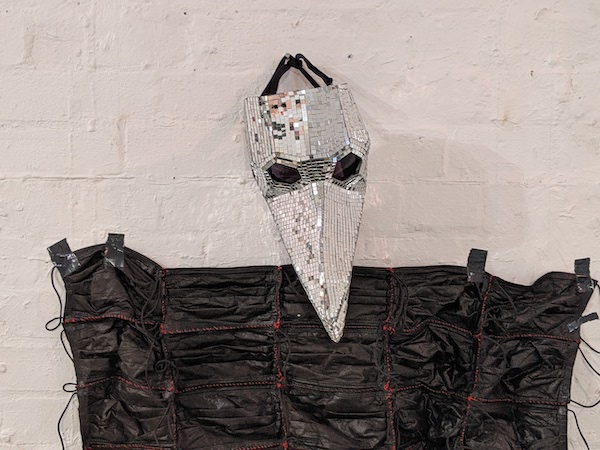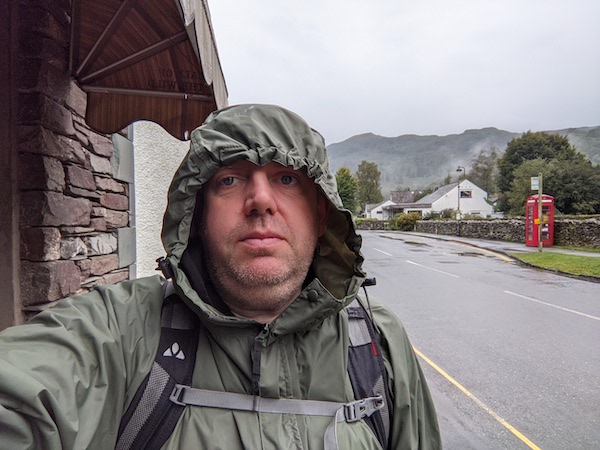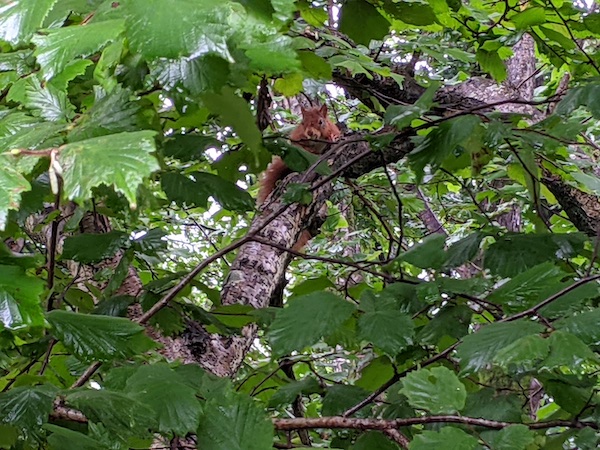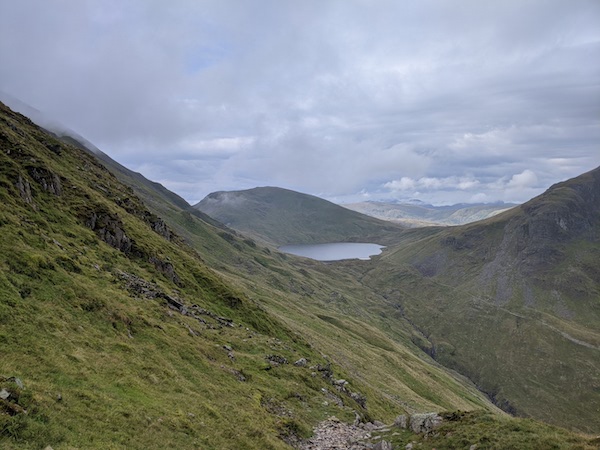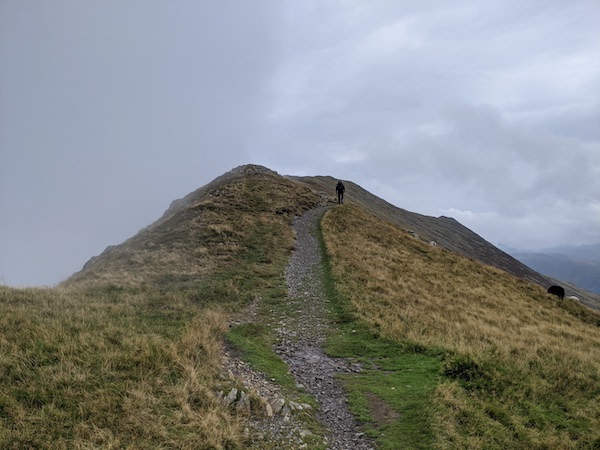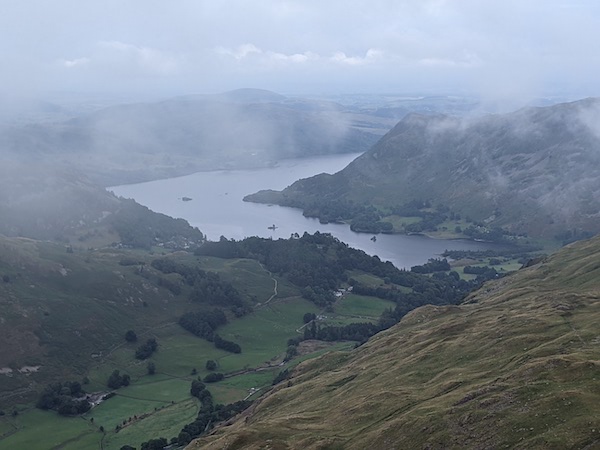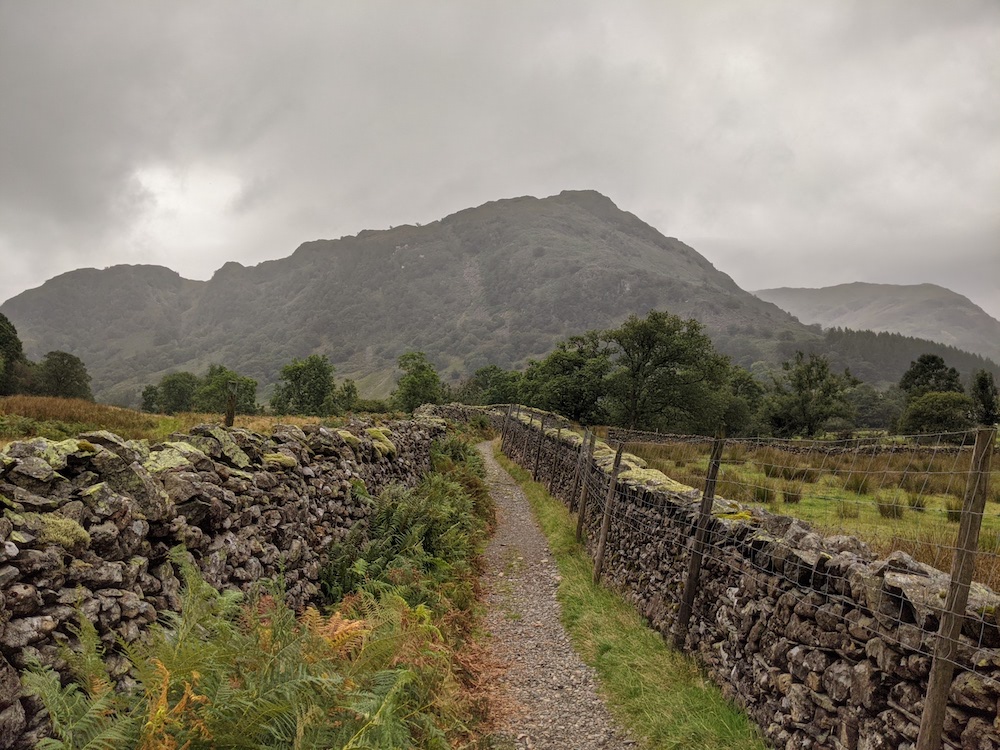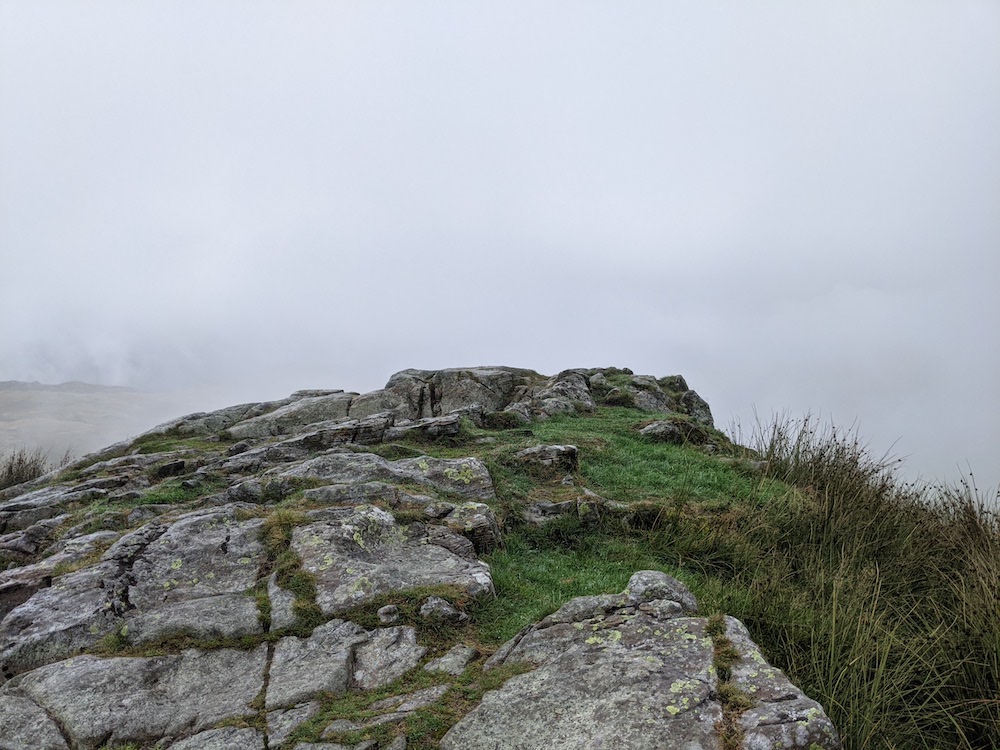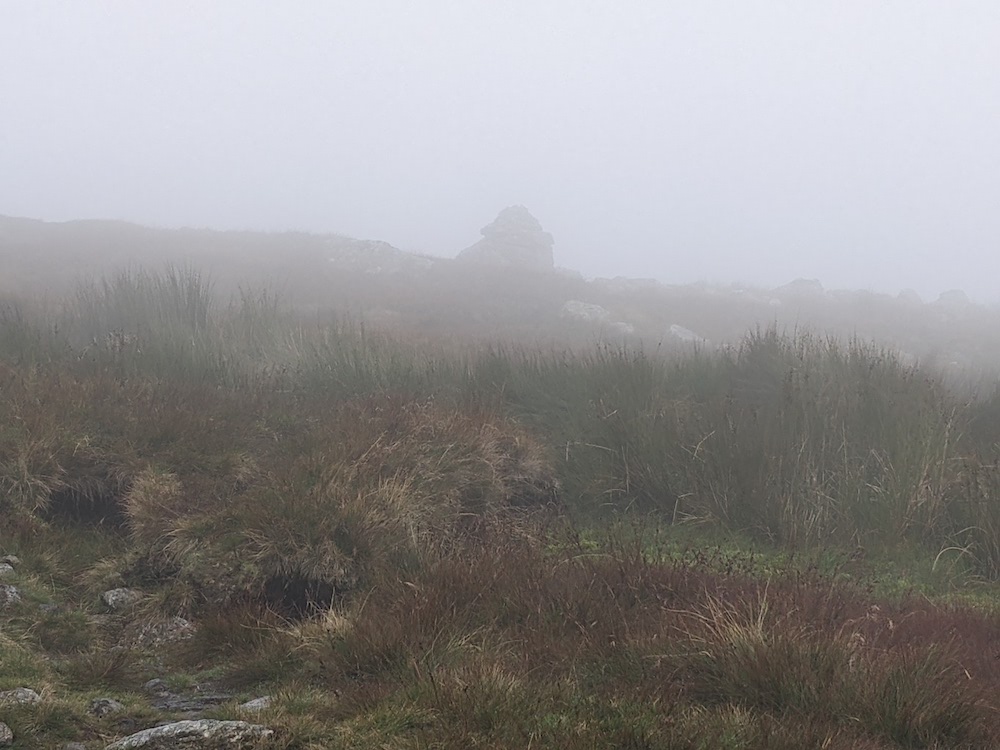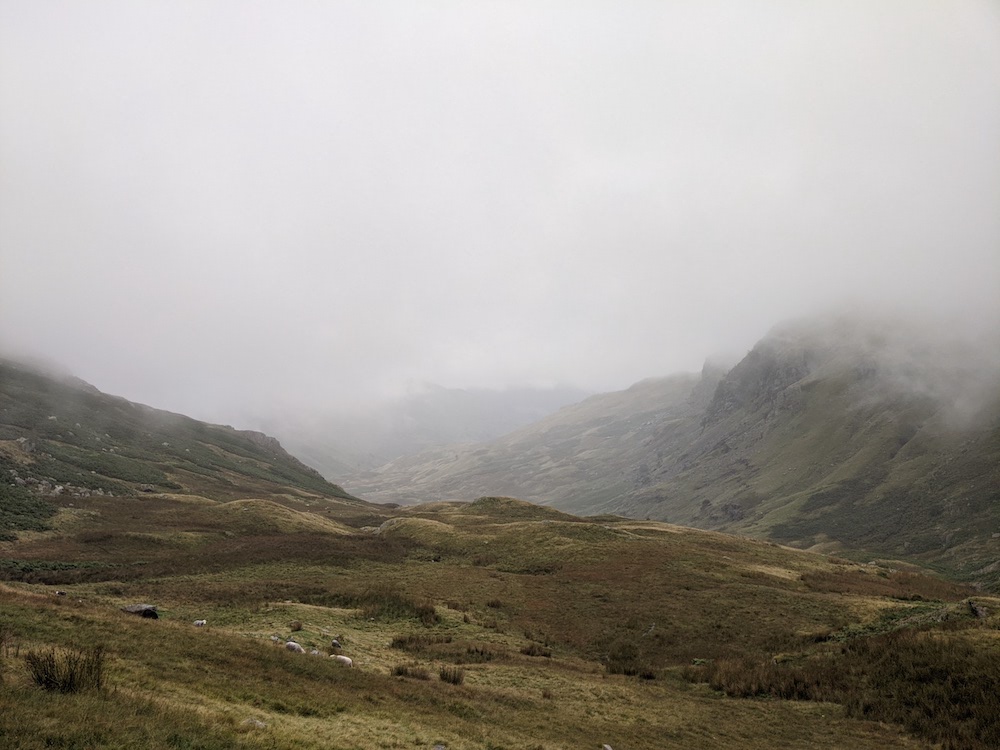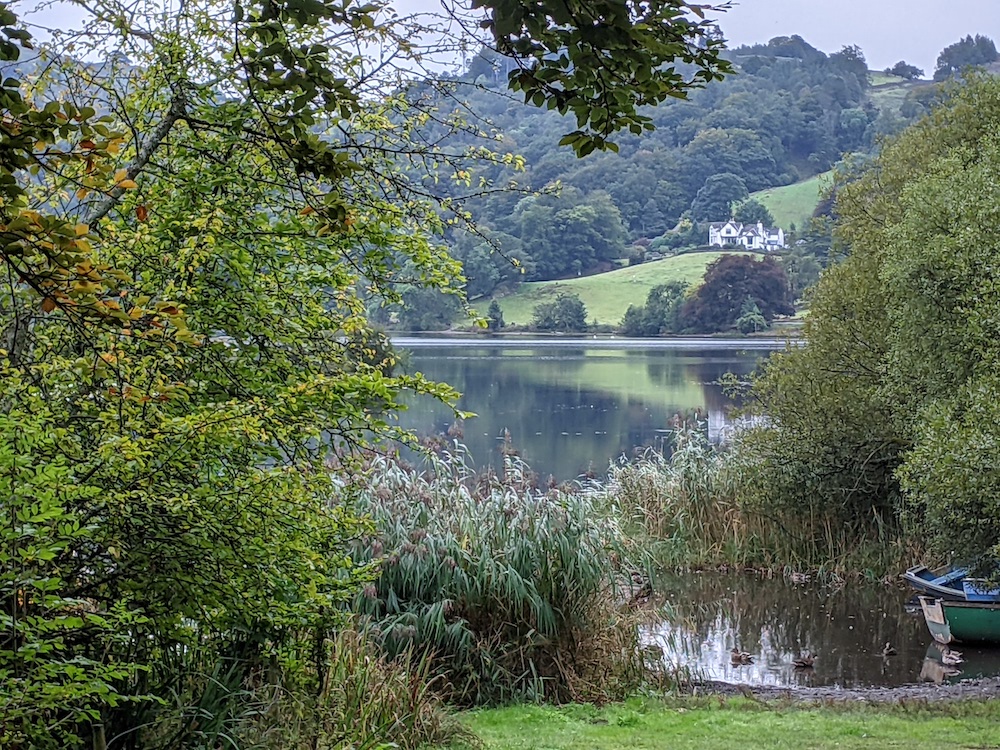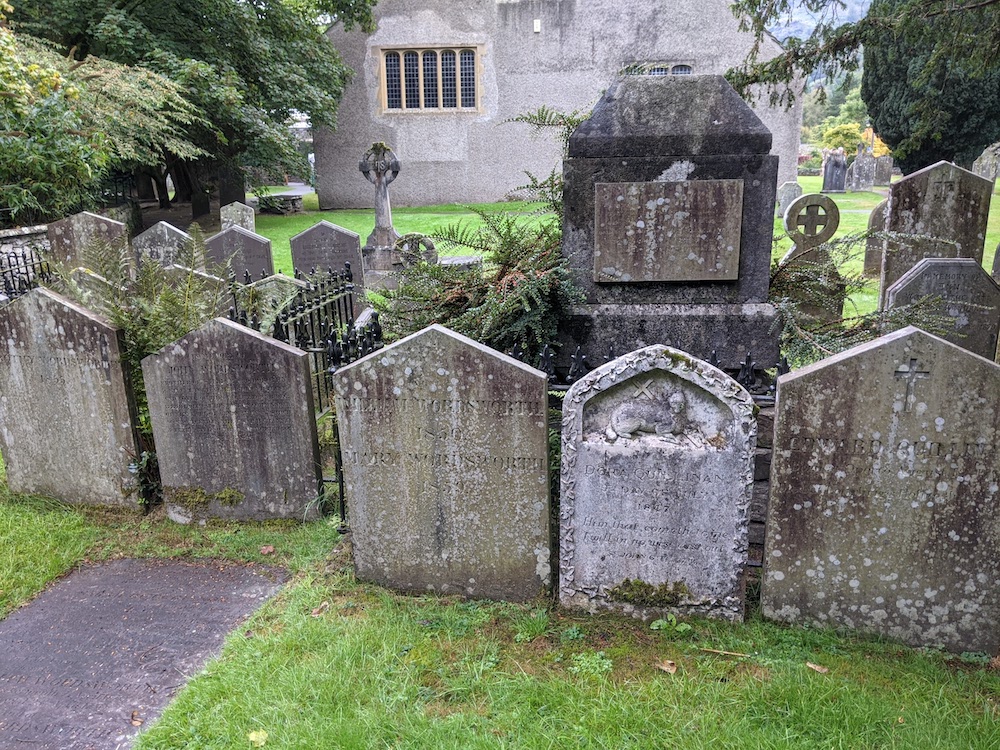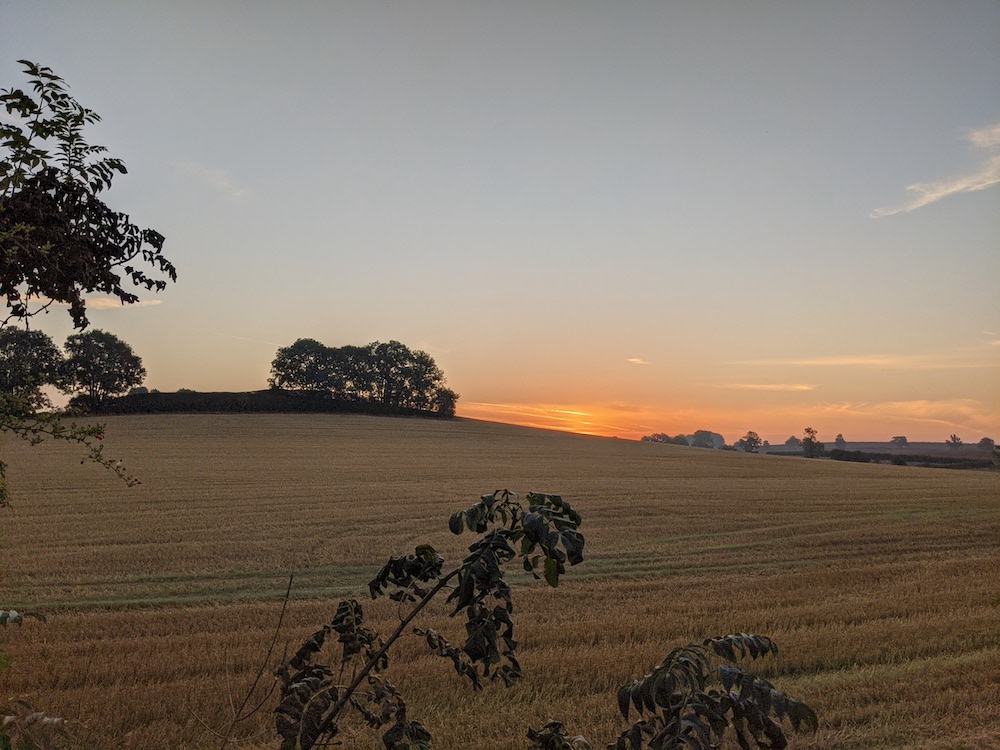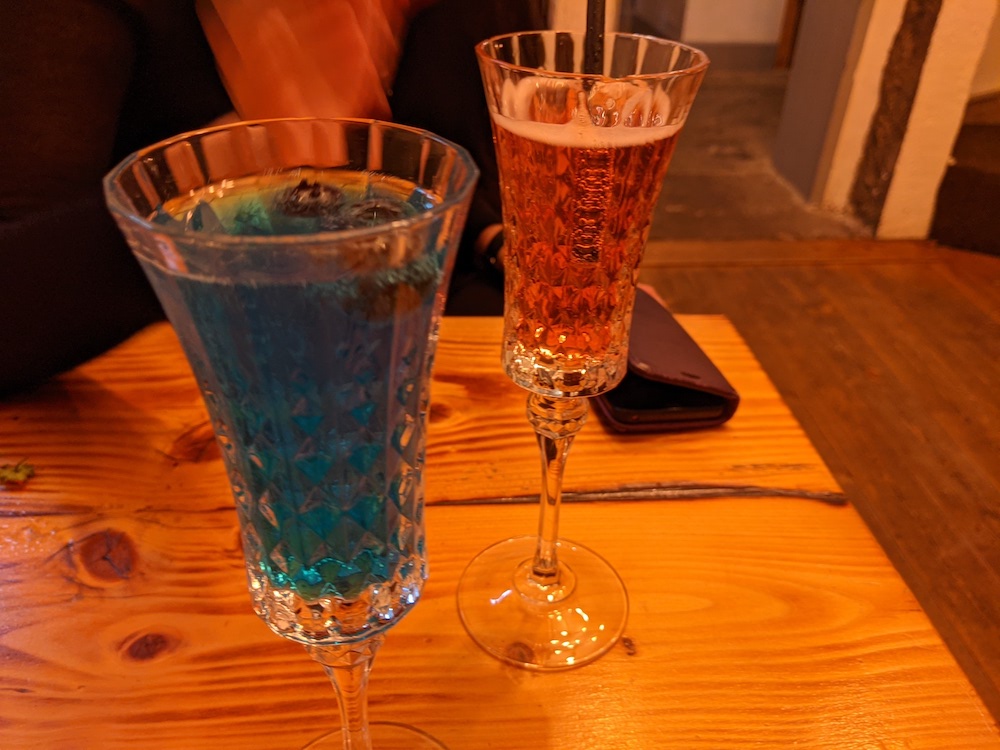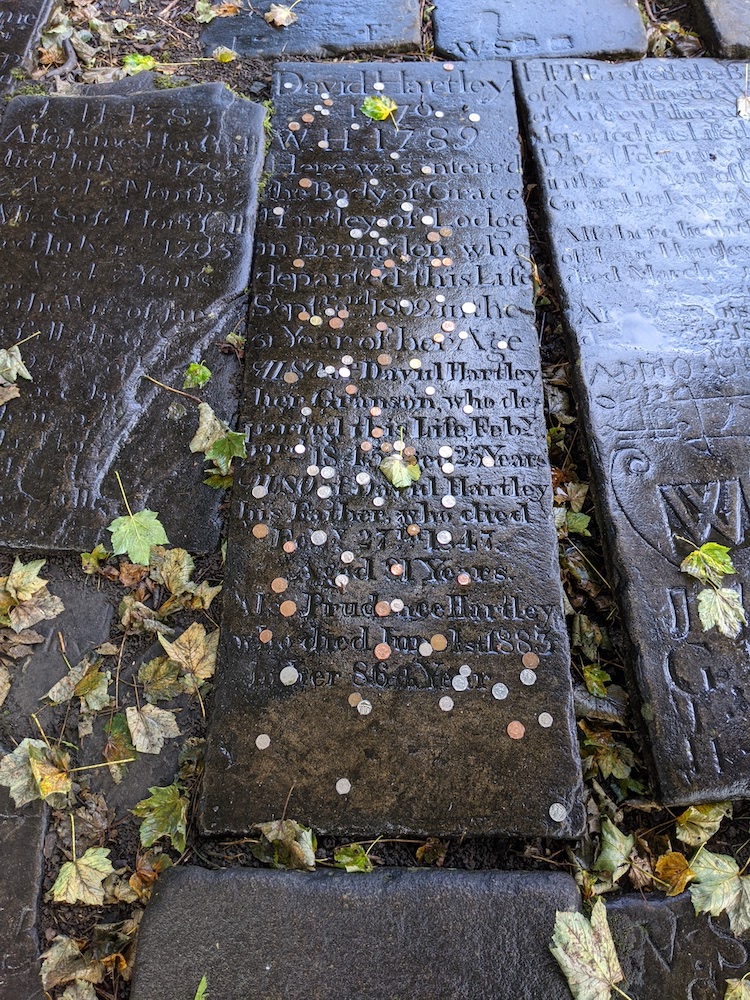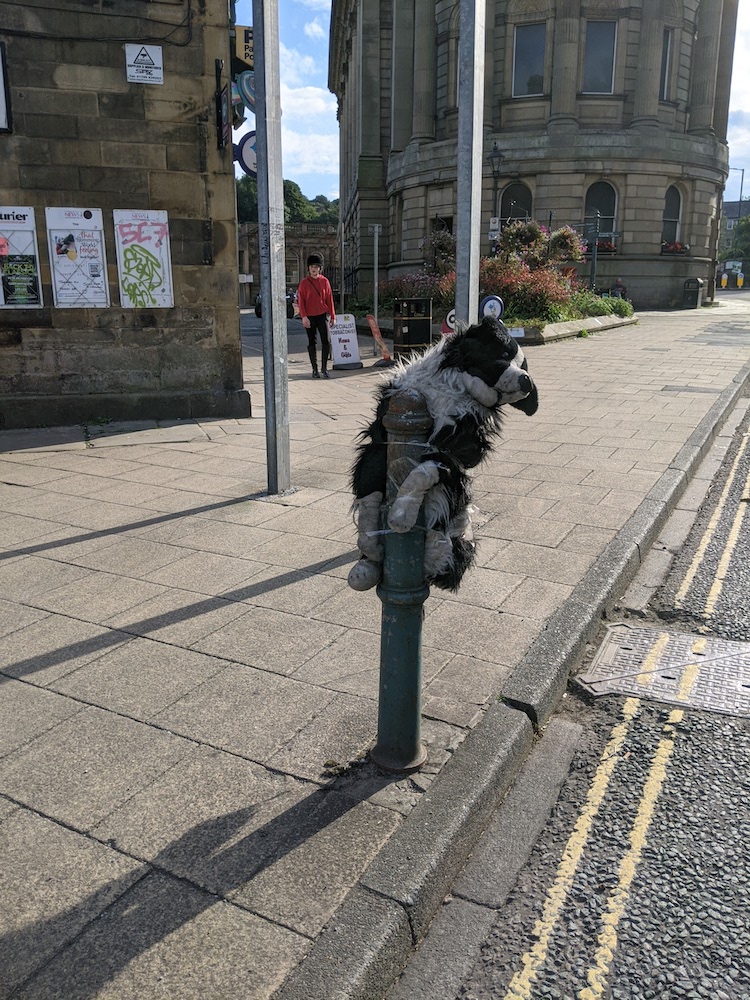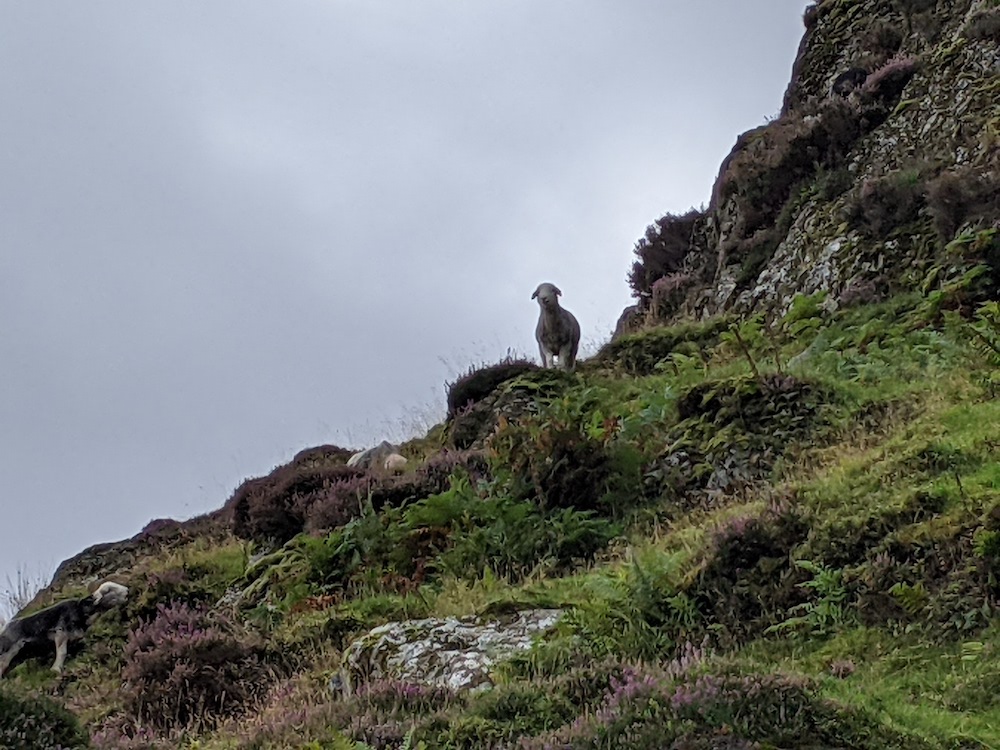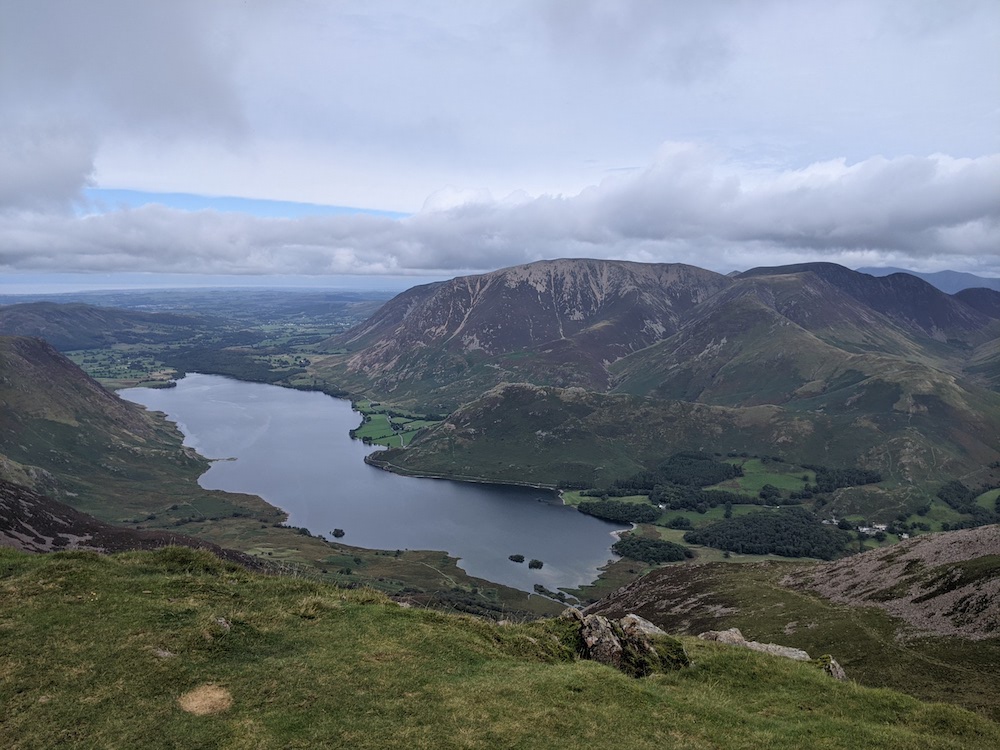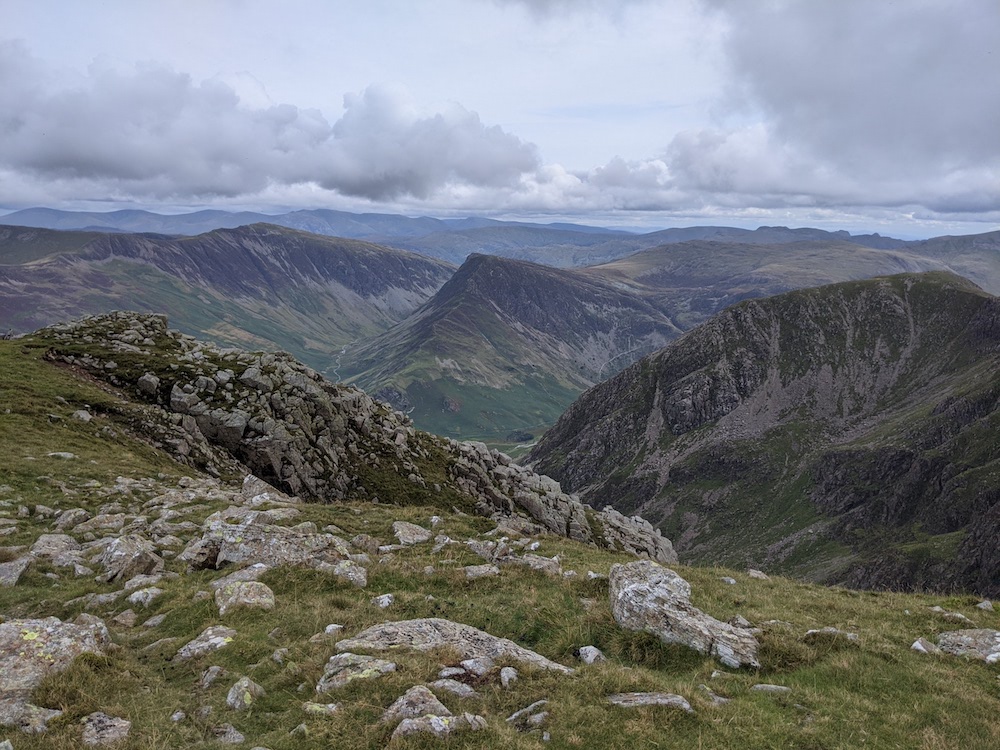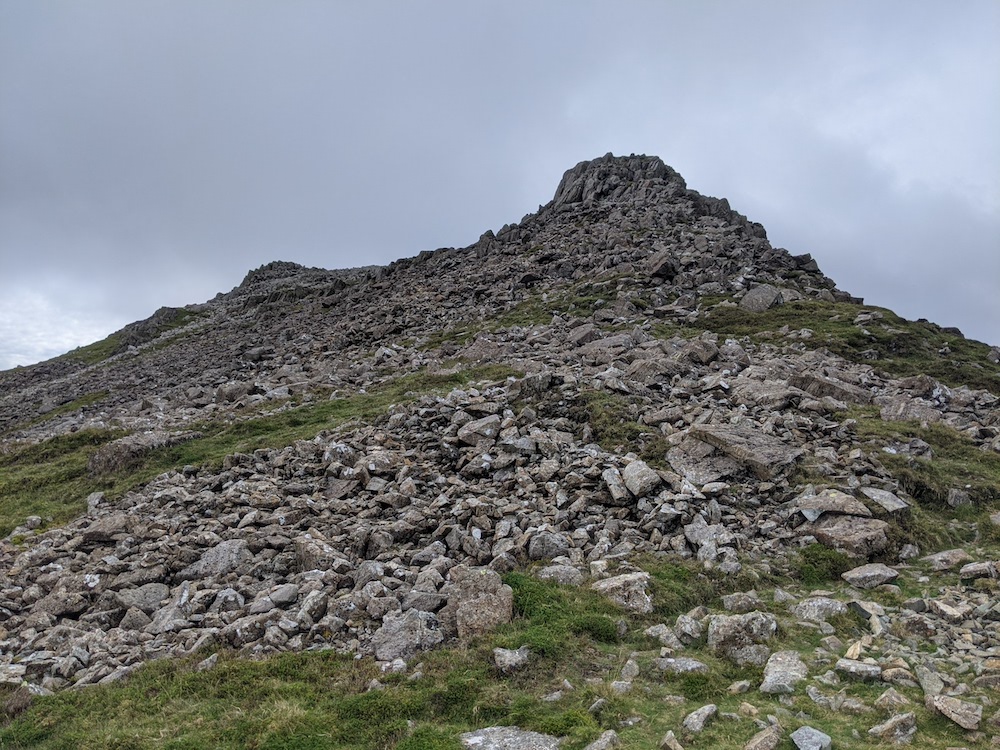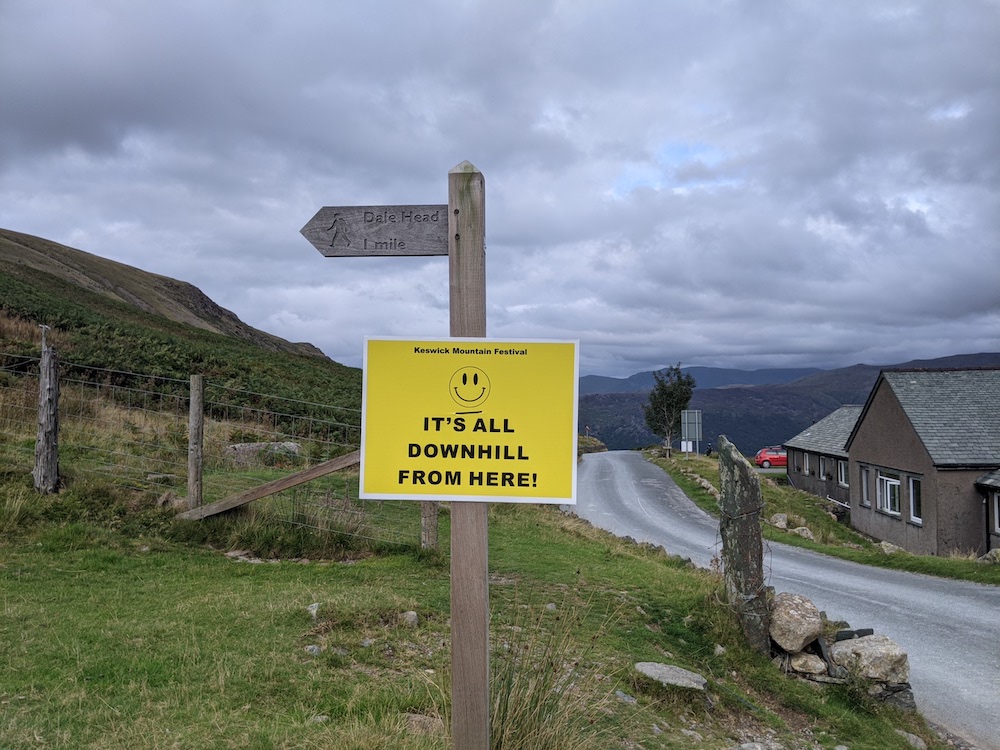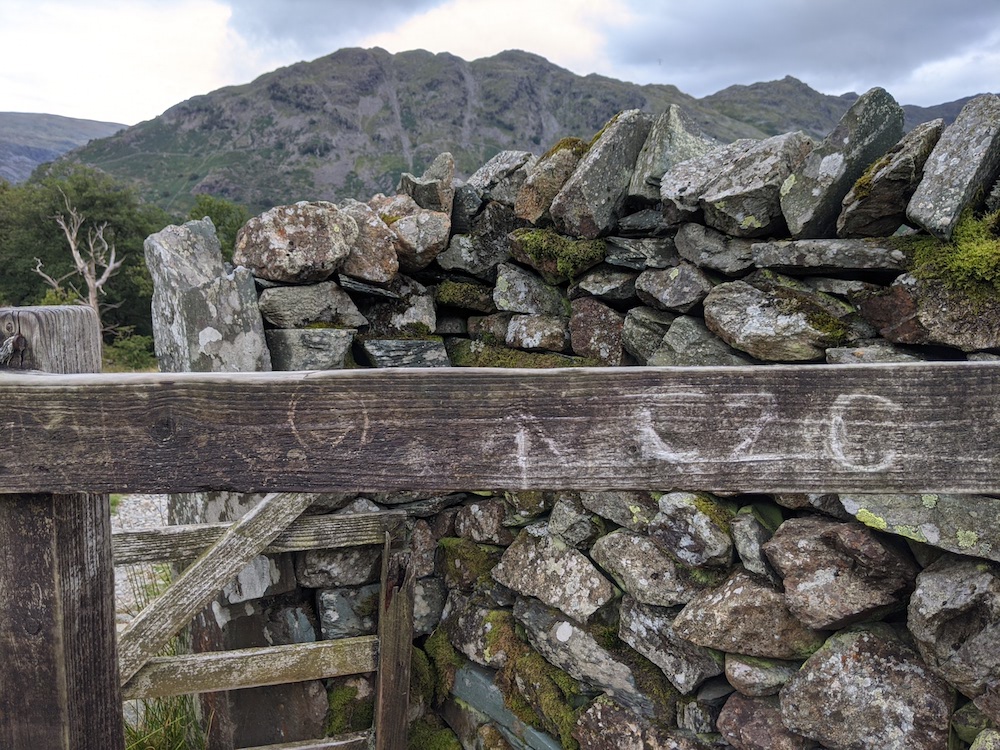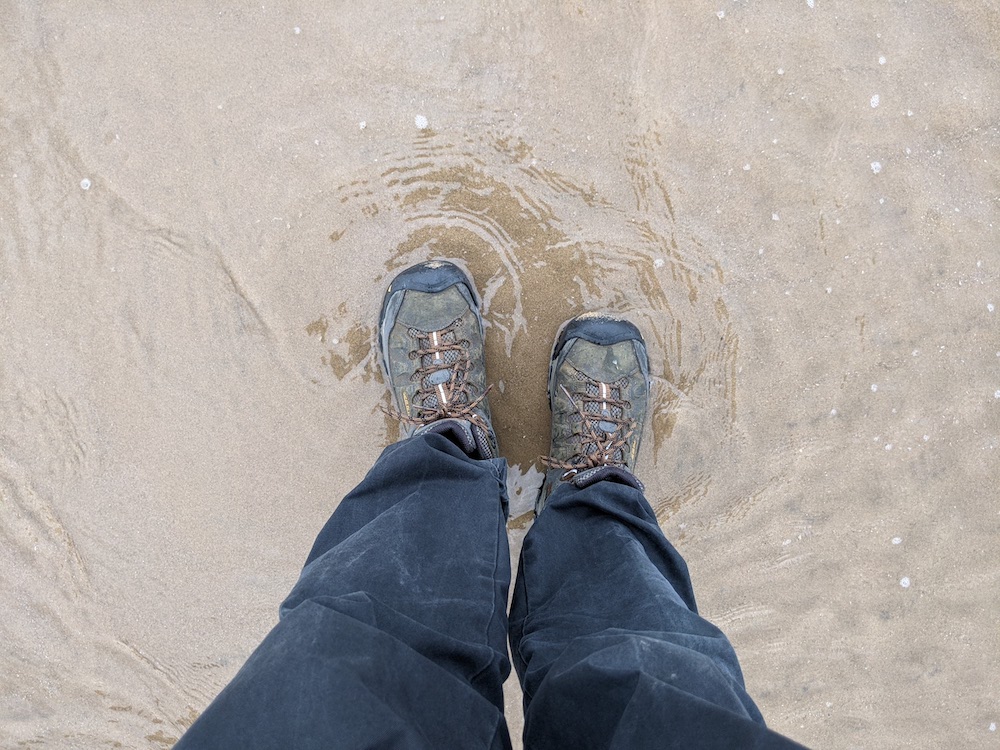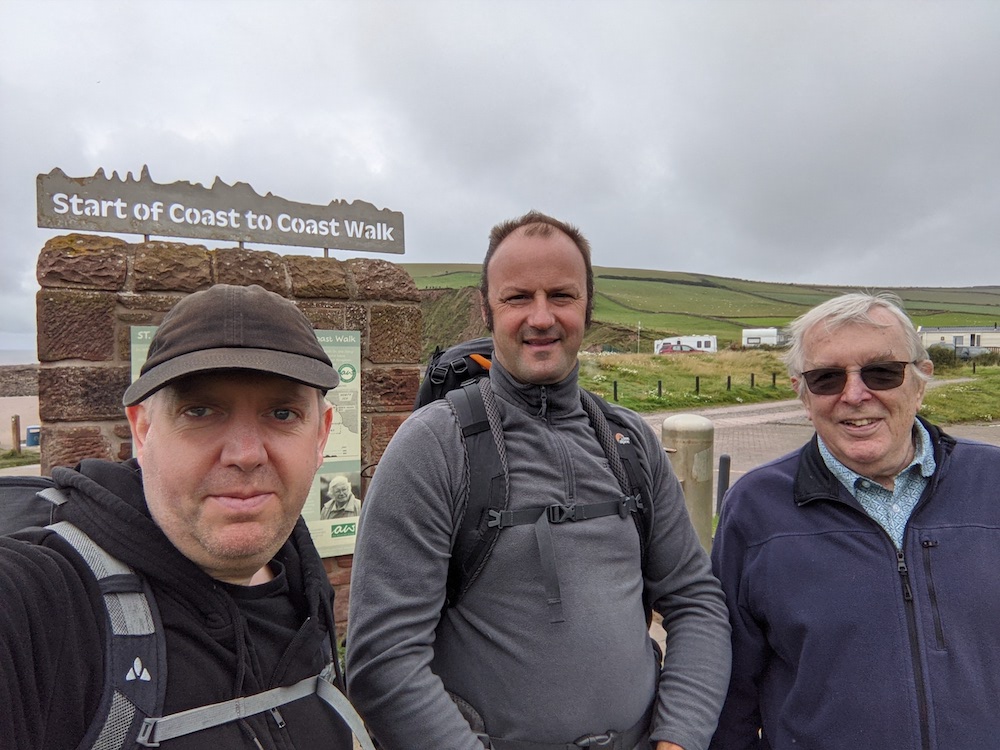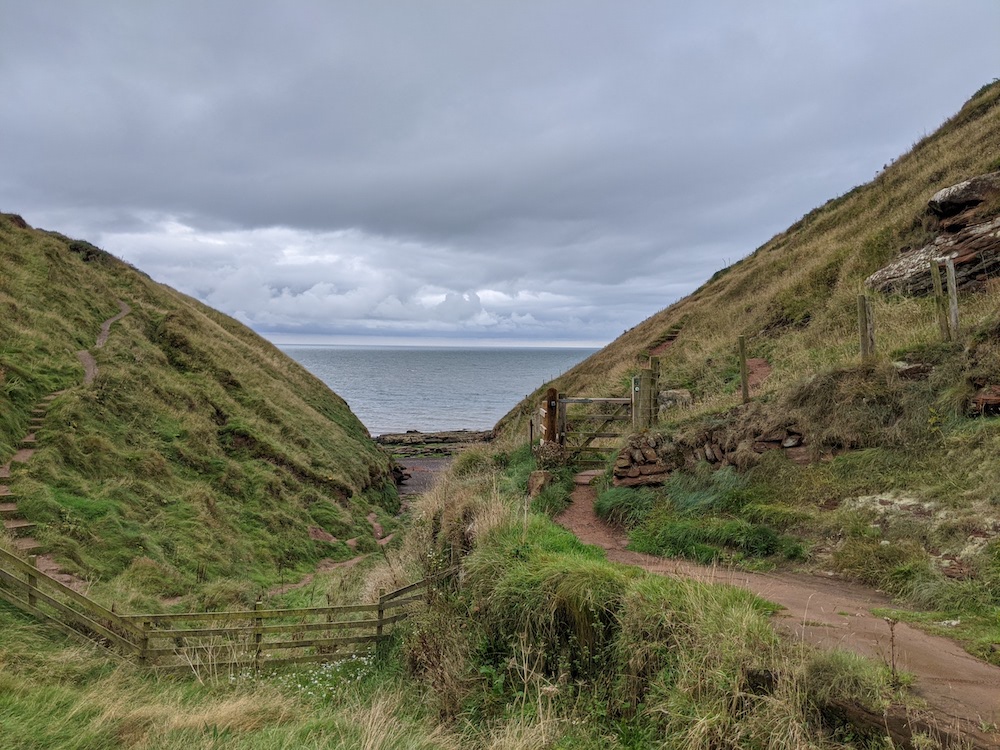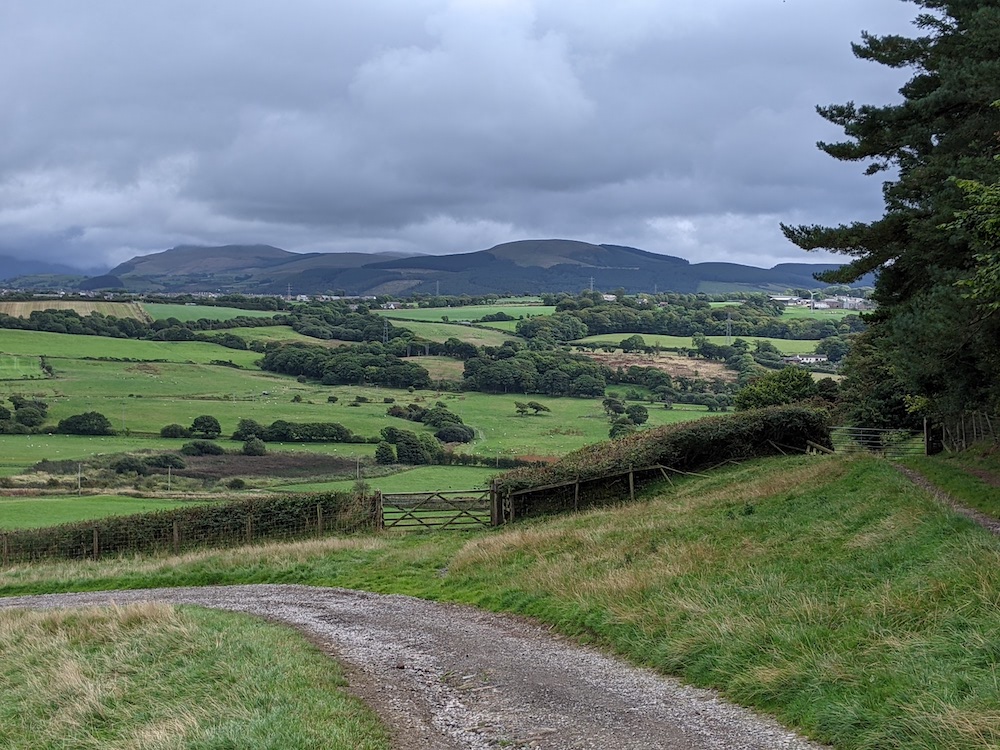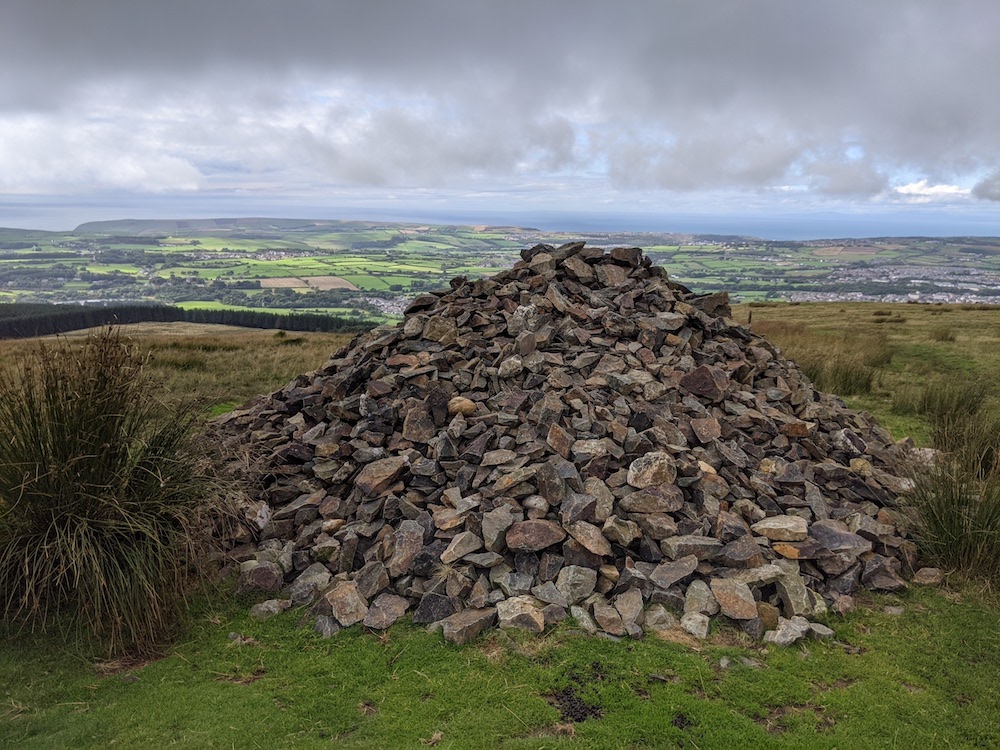On 624th March 2020, I watched Boss Level, my 19th time loop movie. I spent a while trying to decide if this was a fun movie or a terrible one. In the end, I’ve decided that it’s both.
Roy Pulver is an ex-special forces soldier who keeps reliving the day when various assassins try to kill him. As the day repeats, he gets better at surviving – just like a character in a video game. While the loop is due to a technological MacGuffin, the film uses the motifs of a video game. This can be fun, like how Guan Yin performs a flourish each time she kills Roy, announcing “I am Guan Yin, and Guan Yin has done this”, like a beat-em-up character.
On the other hand… parts of it are just nasty. A man being carjacked is described as screaming “at date rape volume”. And we have the casting of Mel Gibson, an anti-semite, racist and domestic abuser. This is particularly galling in a film with a holocaust reference, even a non-offensive one – and having Mel Gibson’s character make a joke based around racial insensitivity was also a bad look. Some minor complaints were a rather hackneyed father/son plot, and an ongoing expository voiceover.
Sometimes the script tried a little too hard to be witty, but it had some good roles for Naomi Watts and Matthile Olliver. The impressive dentistry scene made me cringe. And there were some amusing references to Taken and Raiders of the Lost Ark. The film was an easy watch, and I found it more fun than Free Guy, which I actually gave up on.
As a time loop film, this was OK. There was the obligatory waiter-falling-over scene that is just a cliche. The loop was mostly there to set up the video game structure for the film.
Statistics
- Length of first iteration (in film): 5 minutes
- Length of second iteration: 30 seconds
- Reset point: death
- Fidelity of loop: perfect repetitions
- Exit from the loop: the MacGuffin is reset


